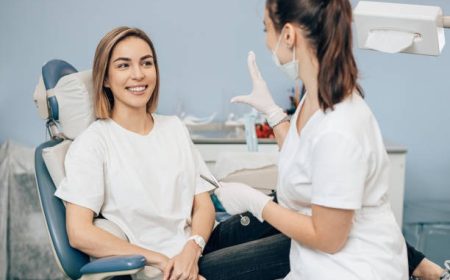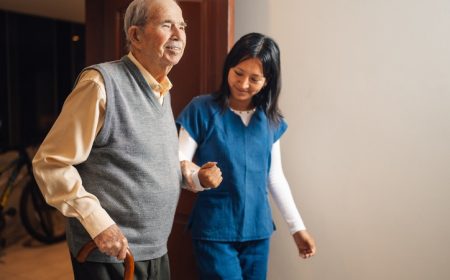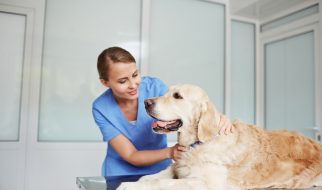Puppies explore their environments by putting everything they can find in their mouths. Although this is normal behavior, especially in teething puppies, it can be bothersome and even dangerous if your dog rips off on the wrong things. Puppy-proofing could be time-consuming and pricey, but it’s well worth it to guarantee your pet’s safety.
Vital Ways to Puppy-Proof Your Home
Puppies, like peculiar youngsters, can get involved in things that aren’t good for them, including biting on your shoes or tangled up electrical lines. It is vital to “puppy proof” the parts of your home where the puppy will hang around before bringing the dog house.
By doing this, your new dog will always be secure and satisfied, even when you can not watch over them. Follow these guidelines to make your home as secure as possible.
Put Human Food Away From Them
A dog needs only a brief duration to learn precisely where the treats are kept. The dog’s food and any human foods, mainly those harmful to dogs, must be hidden out of sight while you can’t watch it to prevent accidents, overeating, and possible poisoning.
Also, giving them human food, especially cooked bones, is terrible because that can result in choking and other health problems for your dog’s mouth, throat, and intestines. In extreme situations, a veterinary surgeon might perform surgery to remove it. Click here to learn more info.
Take Care of Electrical Wiring
Ensure your puppy can’t chew or bite through any electrical cords in the house by hiding them or taping them down. Contemplate whether or not buying outlet covers would be a clever move. This will prevent your puppy from being electrocuted and may also prevent you from spending on costly repairs or replacements.
Give Them Space
Your dog needs a “safe zone,” such as a pet crate, pen, or a comfortable couch in the basement, where they may feel secure while you’re away. There are different scenarios in which a pet crate may come in handy, such as while taking a trip with your dog, taking them to the groomer, or waiting for a couple of hours at the veterinarian.
While preparing to puppy-proof your home, you should also consider giving your puppies pet vaccinations against any health problems.
Install a Pet Gate
Dog gates are another fantastic tool for keeping your new puppy protected. Dog-friendly flooring and a couple of toys can keep your puppy from chewing on non-essential things while you work on training it. Adjustable plastic and metal versions are widely available at pet shops, although they can be cumbersome and unsightly.
Ensure the gate is high enough that your puppy can’t leap over it, and the top is rounded to safeguard its paws. A typical issue is that when left alone, puppies get into a “panicked state” and start biting the pet gate. Consequently, getting your pet’s teeth checked routinely by a veterinary dentist in Gallup, NM, is vital.
The Takeaway
Bringing a puppy into your house for the first time may be quite the adjustment, primarily if you’ve never had a dog. Get used to laughing at silly things, but your key focus must be keeping your new pet as safe as possible. If you and your new companion follow these guidelines, you can enjoy numerous happy years together without experiencing any anxiety.








